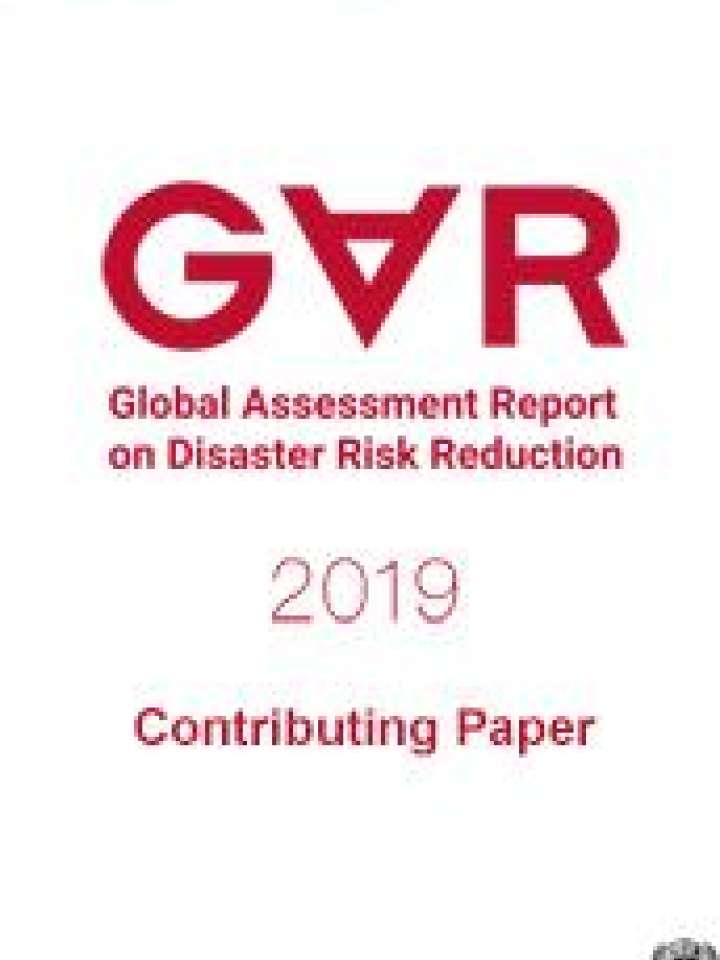Changing the paradigm for risk communication: Integrating sciences to understand cultures
This paper uses case studies from around the world to examine the integration of social and physical sciences in service of risk communication. It argues for a holistic view of risk from assessment to communication, suggesting that post-normal science as applied in risk assessment works best when both physical and social sciences are involved throughout. The involvement of social sciences in risk assessment can significantly improve the communication of risk both to stakeholders and to wider communities. This is in part because science itself has cultures and it approaches risk in different ways according to those cultures: some scientists prefer deterministic approaches and others argue for probabilistic ones, for example. These scientific debates have implications for risk communication – shown dramatically in the L’Aquila court case, for example.
The paper considers case studies from the Caribbean, Latin America, East Asia, India and others to propose a framework for the provision of expert advice to governments and the subsequent communication of risk to populations. It also considers cultural aspects that differ between regions, as communication of risk may be diverse even in neighbouring countries affected by the same hazard event but who assess and respond to risk differently. Complex and systemic risks, such as those considered by the Sendai Framework, require consideration of the effect of international borders on public receipt of risk messages: risk communication is not one-size-fits-all.
Furthermore, research has shown that risk perception is not clearly linked to people taking action (the “risk perception paradox”). Empowering or motivating people to act is thus also a function of the risk communication process, and greater attention is needed to the cross-scale social, political and institutional factors that support or inhibit the relative agency of risk management stakeholders (including the public) to respond to known risks and the relative prioritisation of one risk over another. Thus, the paper argues for a paradigm shift away from the old model of risk communication as a bolt-on to risk assessment and decision-making, towards an integrated and holistic approach to risk communication.
This paper is a contribution to the 2019 edition of the Global Assessment Report on Disaster Risk Reduction (GAR 2019).
To cite this paper:
Donovan, A.; Borie, M. and Blackburn, S. Changing the paradigm for risk communication: Integrating sciences to understand cultures. Contributing Paper to GAR 2019
